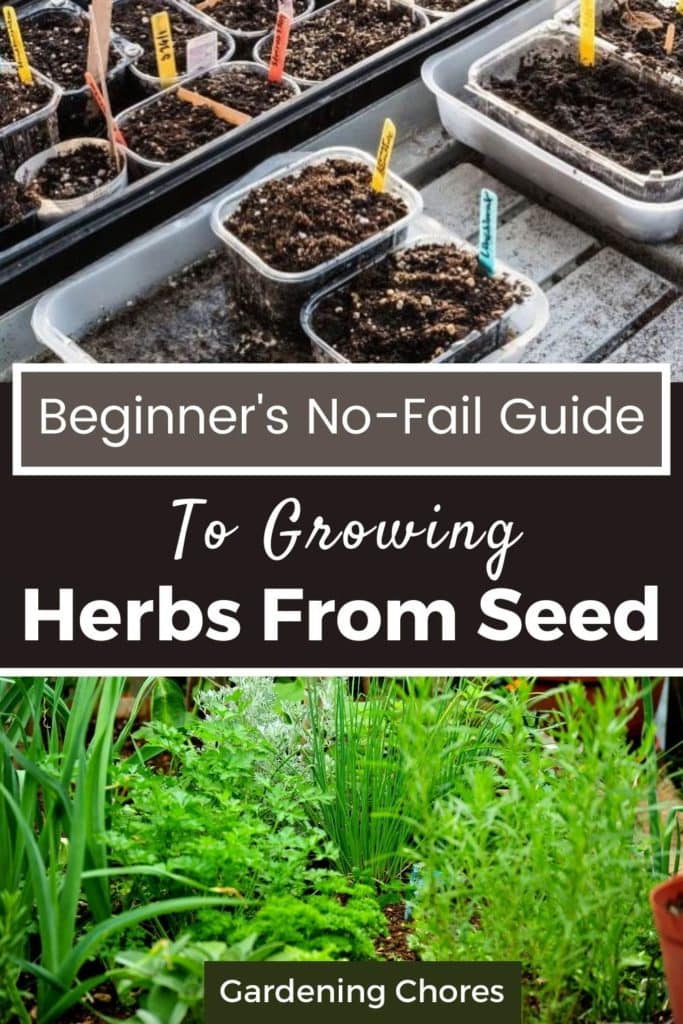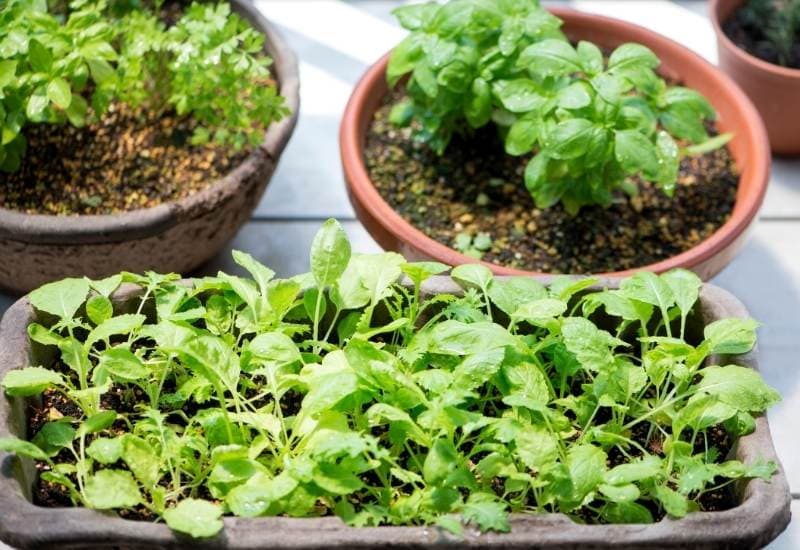
Starting herbs from seed can be tricky, but the cost-saving benefits and increased choice of cultivars will make it worth your while!
In theory, you can grow any herb from seed but some are very needy and have a low germination rate, so we’ve included a list of the best ones to grow from seed as a beginner.
There’s a lot to know in terms of the why, when, and how to grow herbs from seeds, so read on to learn everything you need to know!
3 Great Reasons To Start Herbs From Seed
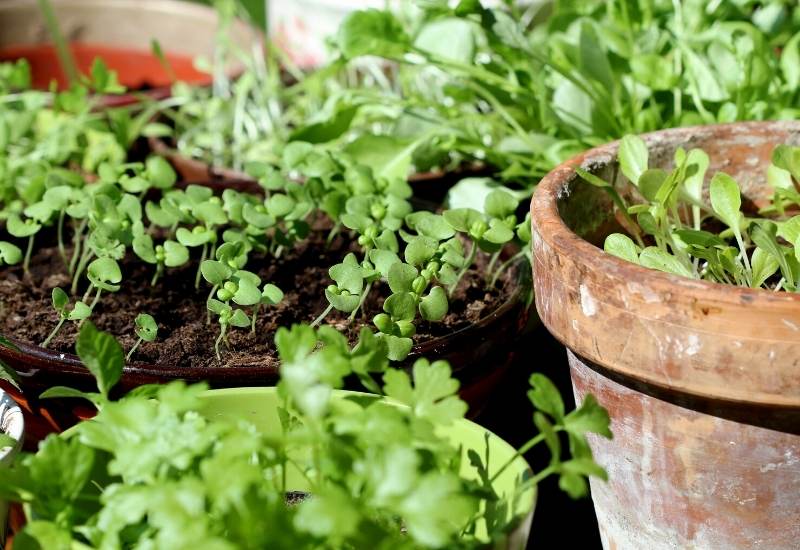
Come spring, it is much easier to just buy small herb seedlings from a local plant center or nursery and pop it in the ground, so you might be thinking why would you spend time growing them from seed?
Well, there are quite a few benefits to growing any plant from seed, and herbs are no exception!
Starting Herbs From Seed Is Cheaper Than Buying Seedlings
Sure, seedlings are easy and quick to buy but their costs can range anywhere from one to ten dollars, and that’s for just one plant!
When buying seeds, especially in bulk packets, you can get hundreds for the same price as one seedling.
There is some pretty crazy inflation in the plant market, but what you are really paying for is someone else taking care of the germination and initial growth period of the plant, and when you do it yourself you will see how much your wallet thanks you.
You Can Control The Growing Conditions And Treatments From Day One
Growing organically, or at least semi-organically, is better for the environment, for your garden, and for your health.
Scientists are increasingly discouraging the use of pesticides, fertilizers and other synthetic chemicals due to their many destructive secondhand effects.
Starting your own herb seeds gives you the ability to control everything about how they are fed, watered, and protected, compared to store-bought starts which are usually grown conventionally.
Organic seedlings are much less common, with a limited variety, and the ones that are available are typically sold for 3 or 4 times the price.
There Is Much More Choice Of Variety Available In Seeds
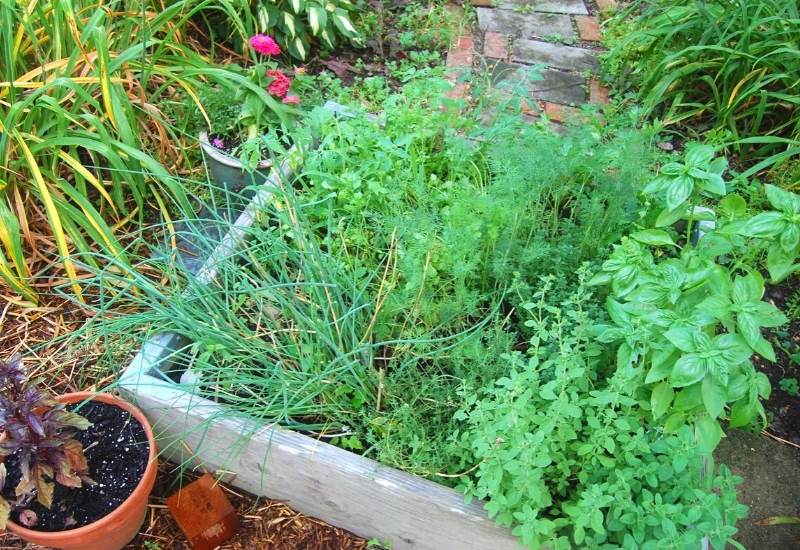
This is the primary reason for gardeners to start their own seeds, there are just so many more options!
Many herb growers will buy seeds online, and as you can imagine the different cultivars, hybrids, and unusual color variations are endless.
Depending on the herb, plant centers and nurseries will probably only have a handful of different varieties available for purchase as seedlings, but if you walk over to their seed selection the options quadruple!
When To Start Herb Seeds?
So you have decided to grow some of your herbs from seed, when should you get started?
As with everything gardening related, this will depend on the climate of your region and whether you will be directly sowing them in the ground or starting them indoors. On your seed packet or container there will be information about the date to start seeds indoors or to direct sow, usually corresponding with your USDA Growing Zone.
Generally nothing should ever be sown in the ground until after the last frost, and if you want to get a headstart you can start your herb seeds indoors a few weeks before that date. As a rule of thumb, the soil should be at least 60-70℉ before any outdoor planting, but always check your specific seed info first.
Since some herbs, like oregano, will take a long time to germinate, it is a good idea to start them indoors first. Other herbs, like cilantro, are quick growers and can be planted directly outside in the ground or in a container in the late spring.
How To Grow Herbs from Seed
If you are new to growing herbs, or any plant, from seed, here are some important considerations that should be taken into account:
Seeds Started Indoors Need Growing Lamps
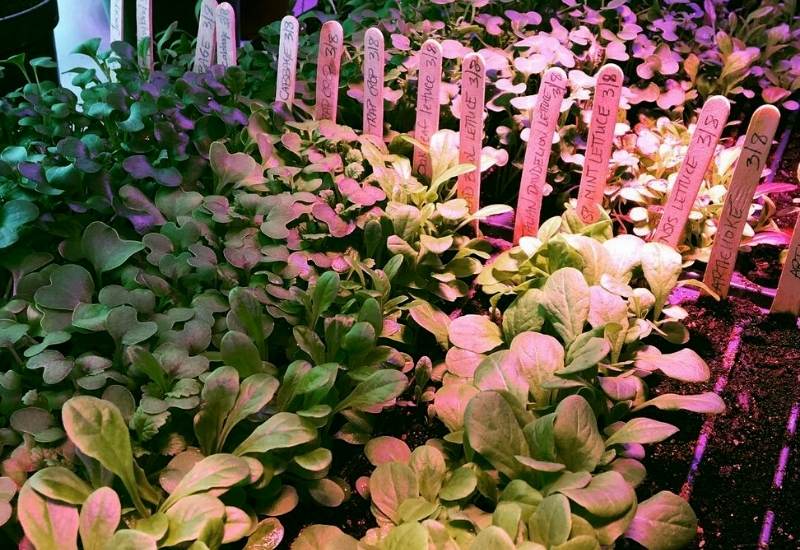
If you are starting herb seeds indoors, they will need at least six hours of sunlight per day (after germination).
If you don’t have a south facing windowsill that can provide this much light, purchase growing lamps online and set them up around 4 inches away from the plants, adjusting the height as the seedlings grow.
Mix Tiny Seeds With Sand To Plant Evenly
Tiny seeds, like thyme, can be very difficult to space apart from one another, and you might feel like you are going cross-eyed in the process.
To avoid wasting seeds by planting in clumps, take a pinch of seeds and mix with a small cup of horticultural sand and stir it around to disperse the seeds throughout the sand mixture.
Sprinkle this mix in your planting medium, and either pat them down or cover with a very thin layer of soil.
Soak Seeds Before Planting To Speed Up Germination
For certain herbs, germination can take a long time and it may be weeks before you see any sprouts.
If you are under a time crunch, soak the herb seeds for a few hours or overnight before planting to hurry the process along.
Newly Germinated Herbs Need To Be Carefully Monitored
Young sprouts need vigilant care and attention to succeed, much more so than mature plants.
Seedlings will become leggy and weak if competing for light, they can contract fungal diseases if watered too much, and insects may attack when they are young and vulnerable.
Keep them in an as secure and controlled environment as you can to ensure they survive this vulnerable time.
Ensure Good Airflow Indoors To Prevent Damping Off
Damping-off is an umbrella term that encompasses the multiple fungal diseases and soil-borne infections that young seedlings are prone to getting.
It usually arises when soil is too wet, seedlings are crowded, or there is a general lack of airflow between plants creating humid and fungi-prolific conditions.
Young seedlings will become anemic and floppy, and unless conditions are quickly changed they will die. Take care not to overwater or crowd seedlings and place a fan in the area to encourage air circulation.
Seeds Started Indoors Must Be Hardened Off Before Transplanting
You may already be familiar with the term ‘hardening off’, which means acclimatizing your young seedlings to the outdoors before transplanting.
This is done by gradually increasing the amount of time they spend outdoors before the planting date, where every day over the weeks prior they should spend an additional hour or two outside until they are outdoors all day.
This is done to reduce the shock and stress of transplanting, and so they are used to new conditions like wind, direct sunlight, and daily temperature fluctuations.
8 Easiest Herbs for Beginners to Grow from Seed
The most common herbs grown from seed are annuals, which typically germinate and mature quickly during their one-season life cycle.
Perennials can also be grown from seed, but often take much longer to pop up and establish themselves.
Here are 8 of the easiest herbs to grow from seed that you can try yourself:
1: Basil
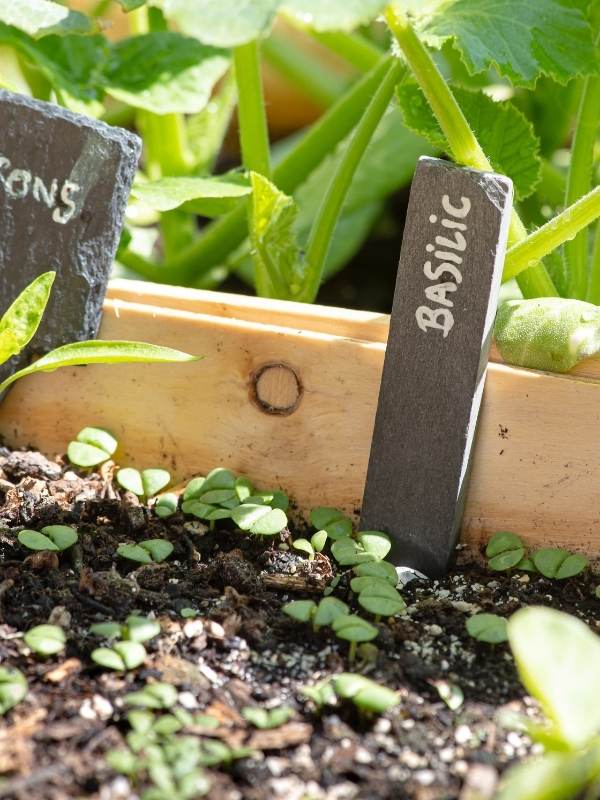
Basil is a hot-weather annual that can be easily grown from seed as long as the soil is sufficiently warm. Basil does well when transplanted from seedling pots or trays into the ground, and likes slightly acidic soil with some light moisture.
Plant many seeds at once and thin them to the correct spacing after sprouting, as basil only has a germination rate of around 60-70%.
2: Dill
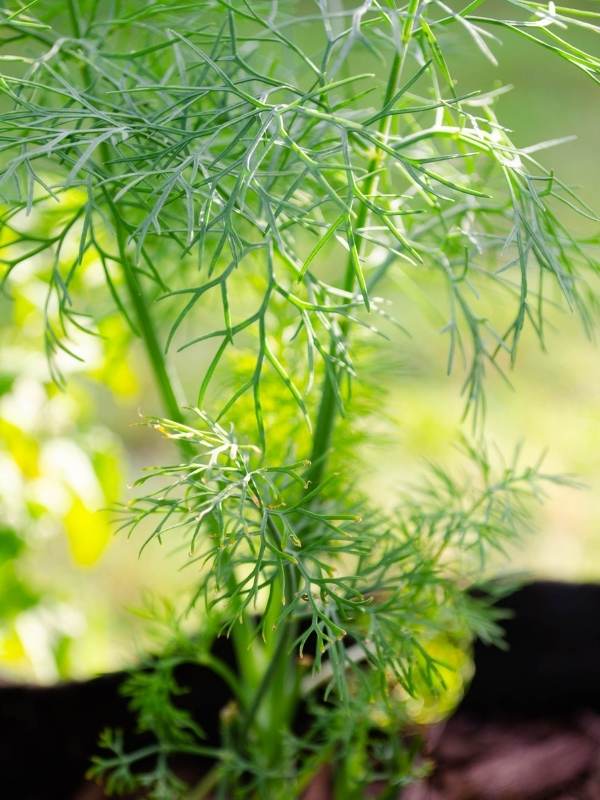
When dill is left to flower it usually self-seeds successfully and seeds will germinate in less than ideal conditions, making it a great herb for beginners to try out.
It does not transplant well, so plant seeds directly outside or in a permanent container where its long taproot won’t be uprooted. Do successional seed plantings every few weeks to keep a constant harvest going throughout the season.
3: Chives
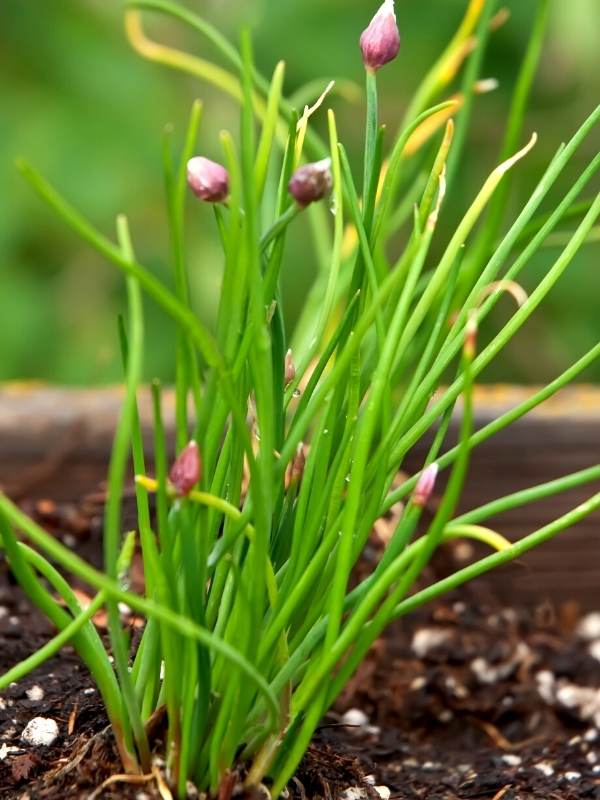
Chives are a cool-season herb that enjoy spring and autumn temperatures, and will transplant fine as long as they are given enough time to grow big and strong before being uprooted. Chives can be planted closely together at around 2 inches, as they like to grow in clumps.
4: Cilantro
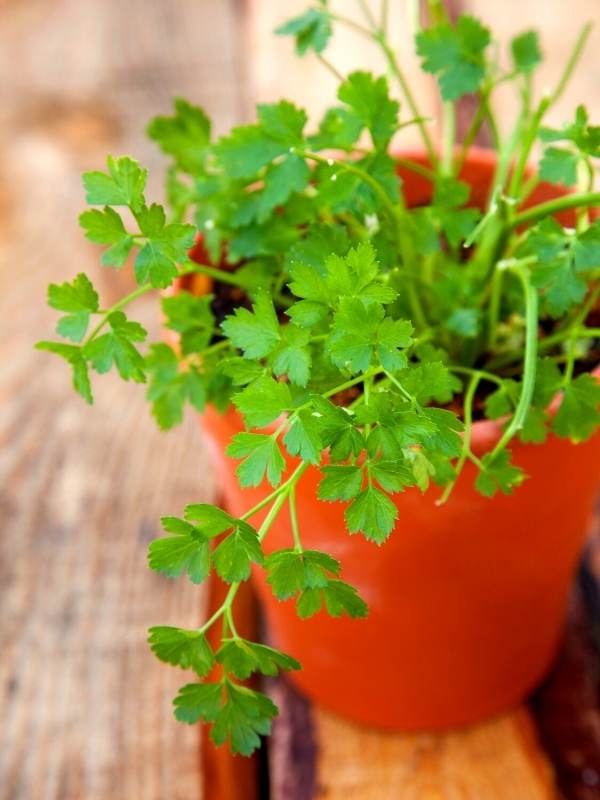
The seeds of the cilantro plant are called coriander, a popular spice when harvested and when left on the plant will usually self-seed and pop up again. It is another cool-weather crop that is easily stressed by high temperatures which can cause the plant to prematurely bolt and produce flowers.
5: Parsley
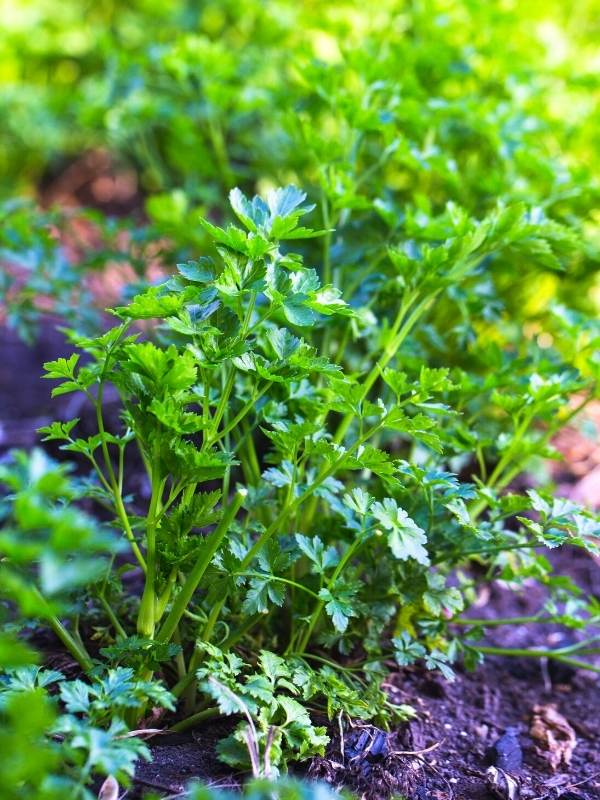
A biennial usually grown as an annual, parsley is another herb that will happily self-seed if a few plants are left to complete their life cycle.
Parsley likes to be grown in rich soil that has excellent drainage, and the seeds can take a while to germinate so soak them before planting for faster sprouting.
6: Oregano
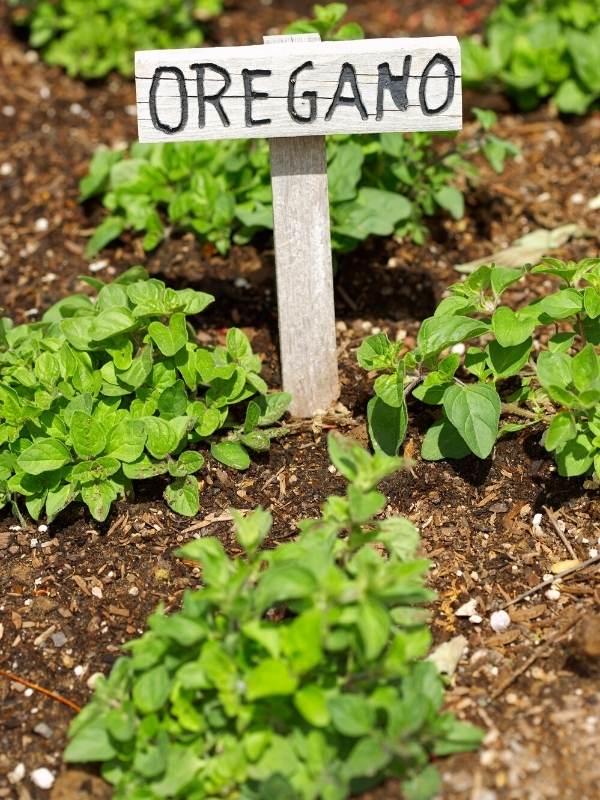
Oregano is a perennial herb that can be grown from seed without too much trouble, and like others on this list it will self-seed if allowed to bolt at the end of the season.
It is important that newly sprouted oregano seeds are given a spot with plenty of sunlight to prevent them becoming leggy and weak.
7: Chamomile
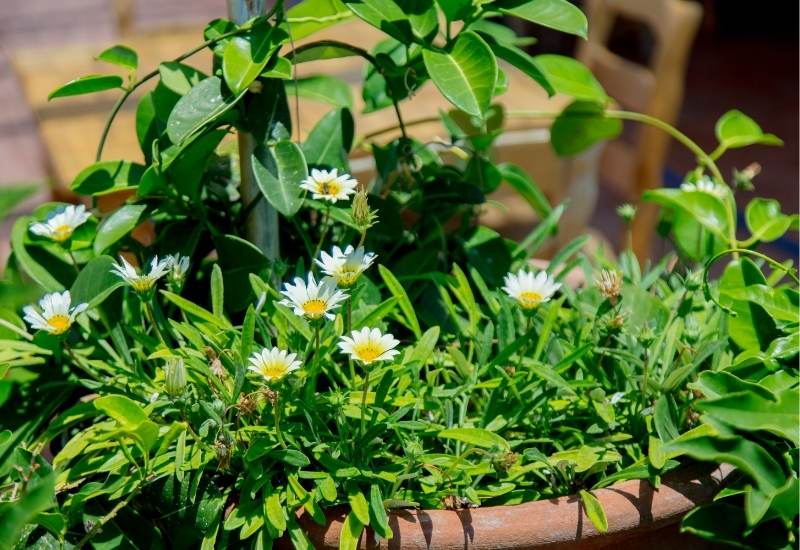
Both types of chamomile, German and Roman, can be grown from seed and are relatively fast-growing and well suited for temperate regions with a shorter growing season.
Note that German chamomile is an annual (but will self-seed if allowed to) and the one typically used to make tea, while Roman is a low-growing perennial more commonly used as a ground cover.
8: Herb Fennel
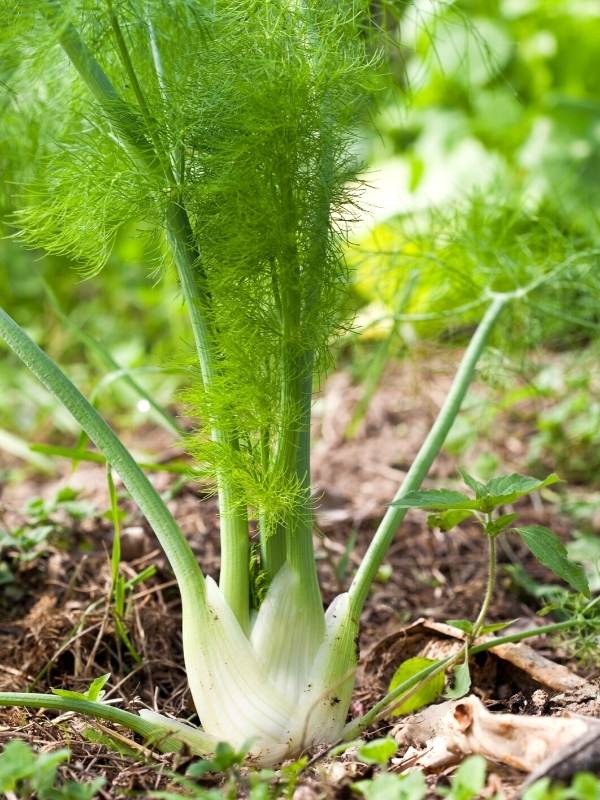
Herb fennel is a perennial that produces flavorful, anise-tasting feathery leaves. It is usually grown as an annual in temperate climates where it struggles with freezing winter temperatures, but it is another vigorous self-seeder that will pop up next year anyway if allowed to bolt.
Fennel can be easily grown from seed just make sure not to sow seeds close to dill or coriander to avoid cross-pollination.
Sprout those Seeds!
Now that you know the basics, you can get to work experimenting on your own with growing herbs from seed.
Once you have the hang of it, you will be happy to see the difference it makes to your bank account and how much more diversity you are able to introduce to your garden!
Many herbs that are started from seed can be grown as microgreens when sown densely, so give those a go once you’re comfortable and keep challenging yourself with new seed adventures.

Written By
Maya
Maya is a freelance content writer and avid gardener currently based in Sweden. She gained her BA in Environment and Geography in Canada, which is also where she first learnt about the detriments of the industrialized agricultural system. During the summer she began farming through the WWOOF program, and over the next six years has continued to grow and learn at a number of organic farms and gardens across the US and Canada. She is passionate about the role of regenerative agriculture in wildlife conservation and climate change mitigation, and thinks growing your own food is a key part of revolutionizing the system. In her free time she likes to read, garden, and pet nice dogs.

